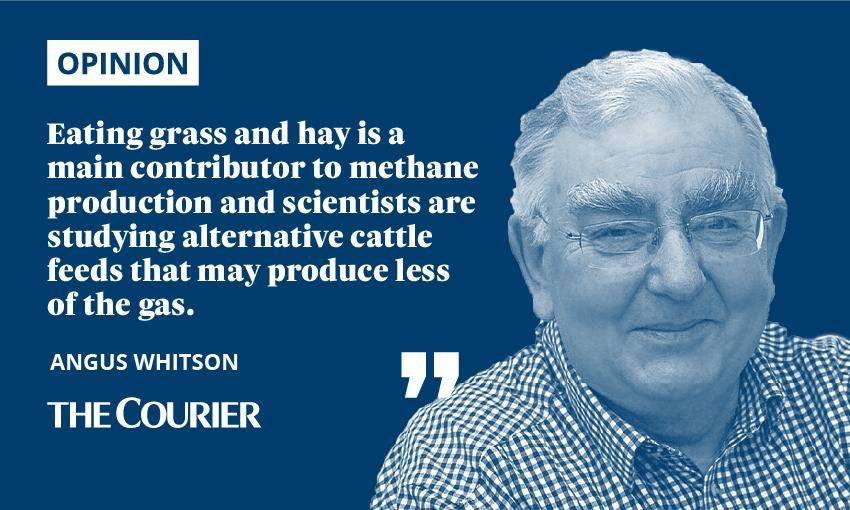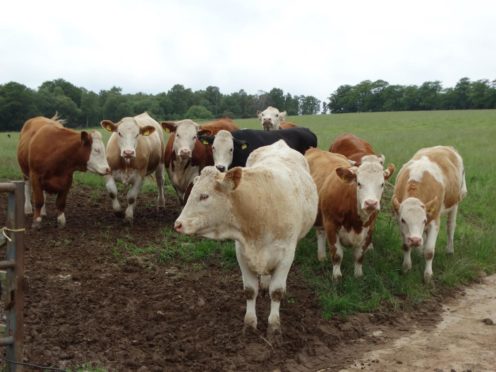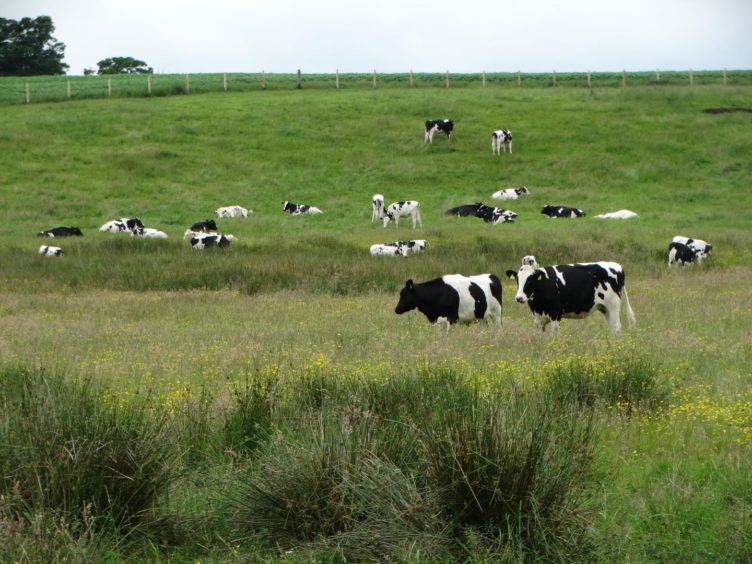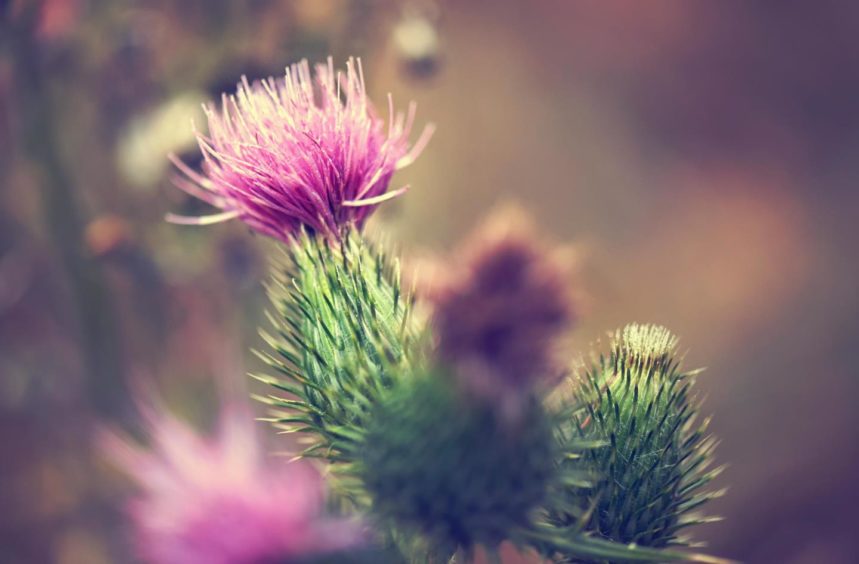Cows are gentle, ruminative animals that one hardly associates with greenhouse gases or as major contributors to climate change.
But the disagreeable fact is that through their eructations – wind, to you and me – cows are one of the main contributors to global warming.
It is reckoned that 40% of methane in the atmosphere comes from agricultural activity.
After carbon dioxide, methane is the next most abundant greenhouse gas.
Over the last couple of centuries the earth has become warmer because of the greenhouse gases released into the atmosphere.

We share the planet with several billion cattle and their natural diet has a big effect on the amount of the gas that is produced.
Eating grass and hay is a main contributor to methane production and scientists are
studying alternative cattle feeds that may produce less of the gas.
Seaweed seems to be the almost ideal alternative having the advantages of being readily available and free.
Research has shown it may reduce cattle’s methane production by as much as a half but, frustratingly, cows don’t like seaweed’s salty taste and are reluctant to eat it.
Are cows a cure for plastic plague?
Now I read that cows’ digestive juices are being used to help break down and
dispose of plastics.
Plastic waste, especially in the oceans, has become a global environmental problem that is in danger of reaching catastrophic proportions despite urgent efforts to reduce consumption and develop methods of reuse and recycling.
Statistics vary but it seems that more than sixteen million plastic bottles alone end up
in landfill every single day and, without treatment, can take from 20 to 500 years to
decompose.
Now scientists have discovered that liquids in our gentle, ruminative cows’ stomachs that aid their digestion can also be used to break down and decompose plastic material in an eco-friendly way.
So there you have it – good cow, bad cow.
On the one hand providing us with nourishing milk, on the other contributing to global warming.
On the one hand blighting the planet, on the other contributing positively to reduce the plastic problem polluting the world’s land and rivers and seas.
Our species is not blameless
Our direct human contribution to methane emissions is small compared to cattle.
But indirectly we are responsible for up to 60% of methane gas emissions through, for instance, our dependence on fossil fuels to power our motors.
If there weren’t so many of us the problem wouldn’t be so great.
But what if I wasn’t one of the chosen? – there would be no Man with Two Dogs column. Now, that would be a real loss.
I shouldn’t like readers, especially farmers, to think I am having a pop at farmers – I’m not.
If we want milk, we must have cows. If we want cows, we must have bulls.
If we want to eat beef, we must have cattle.
If we decide we have no further need for cattle are we to let them become extinct from a world that has already irrevocably lost so many species?
If we’re not prepared to pay the price we’ll all need to become vegetarians or vegans
Everything comes with a price.
If we’re not prepared to pay the price we’ll all need to become vegetarians or vegans – though that will never totally resolve the problem.
It all just goes to show that our lives are beset with conflicts.
And now that I’ve got that rant off my chest I can talk about other things.
A month in the middle
July is possibly my least favourite month – not quite one thing or the other – sitting
between the spring growing months and August and the start of harvesting.
A track runs up the side of the burn across the road from the house and the vegetation
alongside it is positively rampant.
The damp ground, with a constant supply of water, will be helping growth and much of it is heading for six feet tall.
Grass grows tall by the waterside
There are grasses which I’ve not seen anywhere else which are certainly seven feet
tall, and some even taller.
All are competing with each other in reaching for the light.
In among the sea of green, fighting their way bravely for survival, are sticky willie
with its tiny, white four petalled flower – surely the smallest of the hedgerow flowers
– and blue vetch.
There are thistles too – the strangely named purple Melancholy thistle, so-called
because in mediaeval times a distillation of the plant was used to treat melancholia.
Slender thistles are indeed slender and have clusters of purple thistley flower heads.
I can also confirm that both are very spiny and prickly and you don’t want to touch
them without thick gloves on.
Ever-invasive rose-bay willow-herb is about to flower.
It’s attractive in a woodland setting but a monster if it gets into your garden.
Tall stems of creamy, frothy, Chantilly lacy meadowsweet thrive along the banks of the stream competing with Queen Anne’s lace, or cow parsley, probably the commonest member of the roadside and burn bank weeds.
And everywhere there is the gentle sound of bees busily collecting nectar to turn
into honey.












